Genesis apparently can do no wrong with the new models it launches and the GV70 is just the latest example of this.
The South Korean car manufacturer unveiled the 2022 GV70 exactly 12 months ago as a smaller, and more attractive, alternative to the larger GV80. Genesis probably should have launched the GV70 before it brought the G70 sports sedan to the market, given the shifting consumer interest away from traditional cars and towards crossovers and SUVs. However, as we recently discovered, the brand’s entry-level crossover has been well worth the wait and could be the best overall package in its current line-up.
Pick your poison
The same array of engines are offered in the GV70 as with the rest of the Genesis range in Australia. That means there is a 2.5-liter turbocharged four-cylinder producing 224 kW (300 hp) at 5,800 rpm and 422 Nm (311 lb-ft) of torque between 1,650 rpm and 4,000 rpm, a 2.2-liter turbo-diesel four-cylinder rated at 154 kW (206 hp) at 3,800 rpm and 440 Nm (324 lb-ft) between 1,750 rpm and 2,750 rpm, and a 3.5-liter twin-turbocharged V6 delivering 279 kW (374 hp) at 5,800 rpm and 530 Nm (391 lb-ft) from 1,300 rpm to 4,500 rpm. The GV70 we tested was the diesel.
Regardless of which engine customers opt for, all GV70 models come exclusively with an eight-speed automatic transmission with the same gear ratios across the three engines. Interestingly, the 2.5-liter turbo petrol model is sold as standard with rear-wheel drive and offered as an option with all-wheel drive. Both the 2.2-liter turbo-diesel and the 3.5-liter twin-turbo V6, however, come standard with all-wheel drive.
Performance varies greatly depending on the engine. For example, the GV70 with the 2.5-liter mill can hit 100 km/h (62 mph) in 6.1 seconds and run down the quarter-mile in 14.2 seconds. By comparison, the flagship 3.5-liter model needs just 5.1 seconds to reach 100 km/h and runs the quarter-mile in 13.4 seconds. The diesel is the slowest of the bunch, needing 7.9 seconds to hit 100 km/h and 15.6 seconds for the quarter-mile sprint.
Read Also: 2022 Genesis Electrified GV70 Has 482 HP And 800-Volt Charging Technology
Genesis Australia sells the GV70 in a handful of different trim levels that vary depending on the engine. Diesel models are offered in Standard, Luxury, Sport Line, and Luxury Sport Line configurations, the latter of which combines the Sport Line and Luxury trims into one and is the one that adorned our tester.
A number of distinctive features distinguish a GV70 equipped with the Luxury Sport Line trim from lesser variants. These include 21-inch 5-spoke wheels offered in two designs, Nappa leather with quilted stitching, a Lexicon by HARMAN 16-speaker audio system, Ergo motion driver’s seat with Active Stretch mode (massage functions), a 12.3-inch 3D instrument cluster, a 12-inch Head-Up Display, sporty front and rear bumpers, a dark chrome front grille surround and a host of other exterior and interior trims. The Sport Line and Luxury Sport Line models also come equipped with enlarged 360 mm x 34 mm front brakes with four-piston calipers and 345 x 20 mm rear discs with floating calipers.
A cabin unlike any other
Whereas the GV80 and G80 have relatively similar interior layouts, the cabin of the GV70 is unlike any other Genesis model and it’s all the better for it.
Dominating the interior of the GV70 are ellipses. They are everywhere, most notably across the center control stack on the dashboard, across the door panels including the grab handles, speakers and memory seat switches, and even the sides of the center console.
Standard variants of the SUV have a two-spoke steering wheel similar to other Genesis models, but those with the Sport Line or Luxury Sport Line trims have a more conventional three-spoke wheel. As mentioned, there is also a gorgeous 12.3-inch digital instrument cluster with a 3D function and a massive 14.5-inch infotainment screen that offers Apple CarPlay and Android Auto.
Located on either side of the steering wheel are the indicator and wiper stalks, complete with a knurled metal finish that make them feel all the more luxurious. Then we come to the center of the dash. Whereas the G70 sedan has fairly traditional buttons and dials for the climate control, the GV70 houses these controls in a small touchscreen, similar to what the GV80 has. This screen allows you to adjust things like the fan speed, the direction of the air, and the heated and ventilated settings for the seats. We’re not always fond of touchscreen controls for climate settings but the screen’s superb use of haptic feedback almost perfectly mimics the feeling you’d get from pressing a physical button.
Another neat and perhaps overlooked feature of the GV70 is the small storage cubby found just ahead of the cupholders. Press down on the lid and it reveals a Qi wireless charger for your phone which is completely out of view meaning you can’t get distracted by your phone screen while driving. A rotary dial acts as the gear selector while positioned just above it is a second dial, which is used to complement the infotainment system’s touchscreen.
The rest of the interior feels extremely premium and this includes the second row where there is 972 mm (38-inches) of headroom, 945 mm (37 inches) of legroom, 1,444 mm (56.8 inches) of shoulder room, and 1,358 mm (53.4 inches) of hip room. Even with the panoramic sunroof, there is ample headroom for people over 6-foot tall. Those in the rear also have access to climate control functions, including heated seats, as well as two USB ports. A key highlight of the cabin is the beautifully intricate ambient lighting system.
As for the trunk, all variants of the GV70 offer up 542 liters (19.1 cubic-feet) of cargo space with the rear seats upright and 1,678 liters (59.2 cubic-feet) with them folded down.
An emphasis on comfort
If I could only use one word to describe what it is like to drive the GV70, smooth is the word I would use. This is a supremely refined and comfortable vehicle that makes any journey a pleasure.
As mentioned above, the GV70 that we tested was equipped with the 2.2-liter turbo-diesel four-cylinder, an engine shared with various Hyundai and Kia models. It is perhaps the least desirable of the three engine options for a vehicle like this but that’s not to say it is disappointing. Quite the opposite, in fact.
Hyundai’s latest CRDi diesel engine is exceptionally quiet and it’s only when you pin the throttle that you can actually hear that trademark truck-like sound that all diesel engines have. At all other times, you’d be hard-pressed to know this was a diesel.
Straight-line performance is nothing to write home about for the GV70 with the 2.2-liter engine. As mentioned, it needs 7.9 seconds to hit 100 km/h but it feels slower than that. Will this be an issue for most customers? Absolutely not. After all, those after better performance and willing to sacrifice on fuel economy will opt for either the 2.5-liter engine or the new 3.5-liter.
The name of the GV70 could lead you to believe that it is simply an SUV version of the G70 sports sedan and that it would drive in a very similar way. That couldn’t be further from the truth. Whereas all variants of the G70, including the 2.0-liter model, have a very sporty feel to them, the GV70’s extra size is immediately noticeable when you start to push it through corners. The suspension is softer and the steering is less precise. It prioritizes comfort and luxury over speed and performance and is all the better for it. Long journeys are where the GV70 really thrives.
Included on our test vehicle was an excellent massage function for the driver’s seat and an advanced Head-Up Display that works brilliantly, particularly when using the car’s in-built navigation system. Road noise has also been kept to a minimum and on highway drives, it really is like you’re enveloped in a cocoon of comfort. Plenty of soft-touch materials are also found throughout the cabin, further adding to the premium feel of the SUV.
Some improvements could be made
Our main gripe with the GV70 is its eight-speed automatic transmission. While good, it isn’t the best eight-speed ‘auto out there and at low speeds, often feels quite unrefined and can be somewhat jerky. Genesis could have quite easily equipped the GV70 with the newer wet-type dual-clutch eight-speed you’ll find in a bunch of Hyundai and Kia models from the Santa Fe and Sorento to the i30 N hot hatch. This dual-clutch is better than the GV70’s current eight-speed, providing snappier shifts, more predictability and, surprisingly, better low-speed manners.
Some customers may also have an issue with the gear selector. You shift through the gears by turning a large dial on the center console. However, there is also a dial used to operate the infotainment system and on more than one occasion, I attempted to shift into Drive or Reverse while parking but instead scrolled through the infotainment settings, as I was turning the wrong dial.
The key appeal of the diesel GV70 over its petrol counterparts is fuel efficiency. The automaker says it consumes 7.8 l/100 km (30 U.S. mpg) over the combined cycle compared to the 9.8 l/100 km (24 U.S. mpg) of the 2.5T RWD, the 10.3 l/100 km (22.8 U.S. mpg) of the 2.5T AWD, and the 11.3 l/100km (20.8 U.S. mpg) of the 3.5T. We averaged 8.4 l/100 km (28 U.S. mpg), not bad considering we drove it predominately in urban areas. The fact that it isn’t particularly fast also means you’re never tempted to drive the GV70 2.2T in a sporty manner.
This is Genesis at its best
We’ve driven quite a lot of new Genesis models over the past couple of years. None have impressed us more than the GV70. This is a vehicle that feels every bit as premium as its German rivals and turns more heads than all of them. For us, though, the interior is the real highlight and helps to distinguish the GV70 from all other Genesis models.
Australian prices start at AU$74,917 driveway for a base GV70 2.5T 2WD and increase to AU$78,221 for the 2.5T AWD, AU$81,415 for the 2.2D AWD, and top out at AU$93,793 for the 3.5T AWD. The Luxury Sport Line package of our tester and its Brunswick Green paint brought its driveway price up to AU$97,390. A similarly-equipped 3.5T model with the Luxury package and the same shade of matte green paint is available from AU$102,952 and given the added performance, it’s probably the better deal.
U.S. pricing starts at $41,000 for the 2.5T AWD Standard and increases to $45,000 for the 2.5T AWD Select, $49,150 for the 2.5T AWD Advanced, $52,750 for the 2.5T AWD Sport Prestige, $52,600 for the 3.5T AWD Standard, $56,700 for the 3.5T AWD Sport Advanced, and tops out with the $62,500 3.5T AWD Sport Prestige.
The Genesis GV70 is the brand’s most important model and will need to sell well to help the automaker grow its presence in the luxury segment. It has all the right ingredients to do so, but will it? Only time will tell.
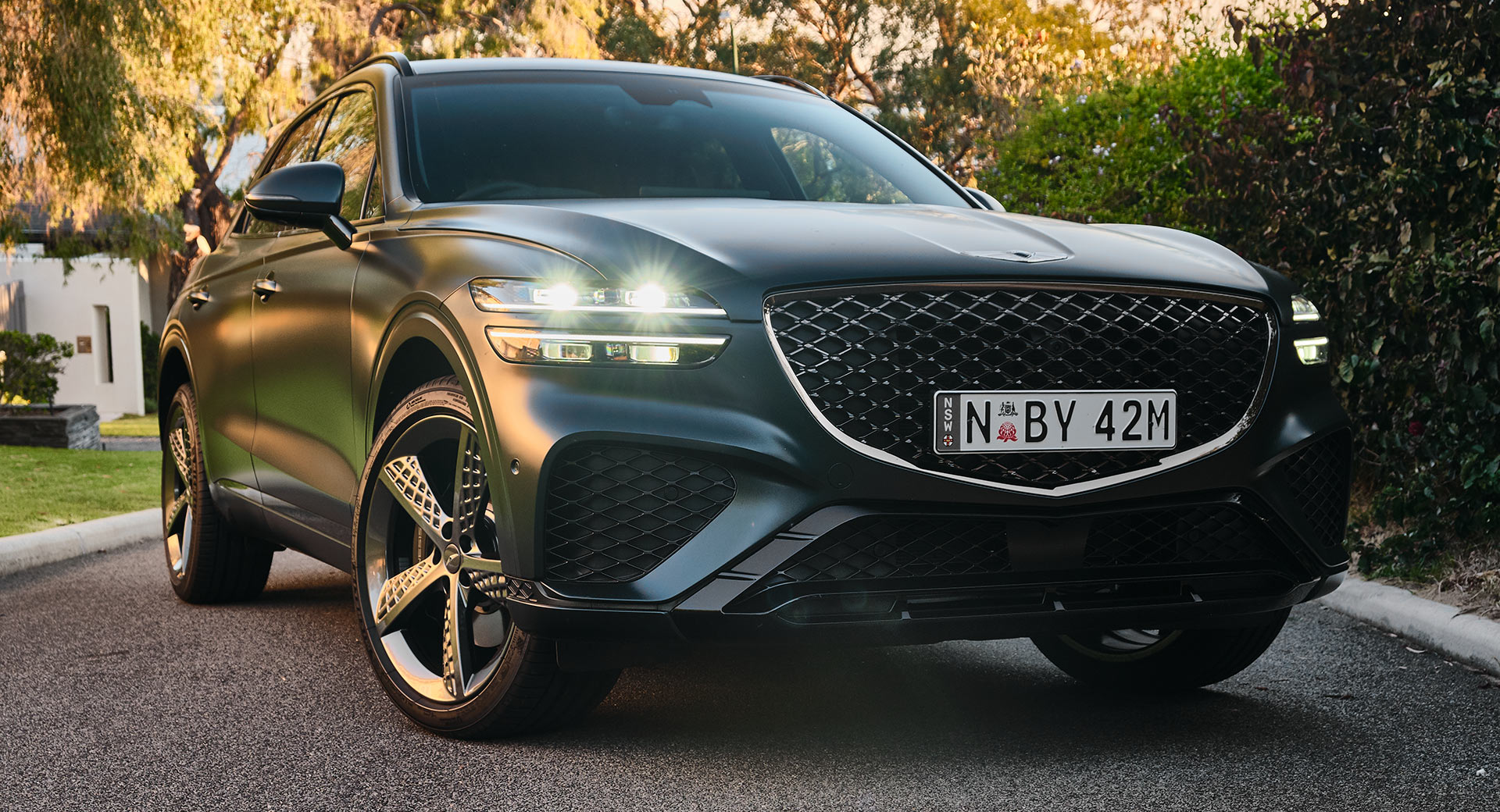
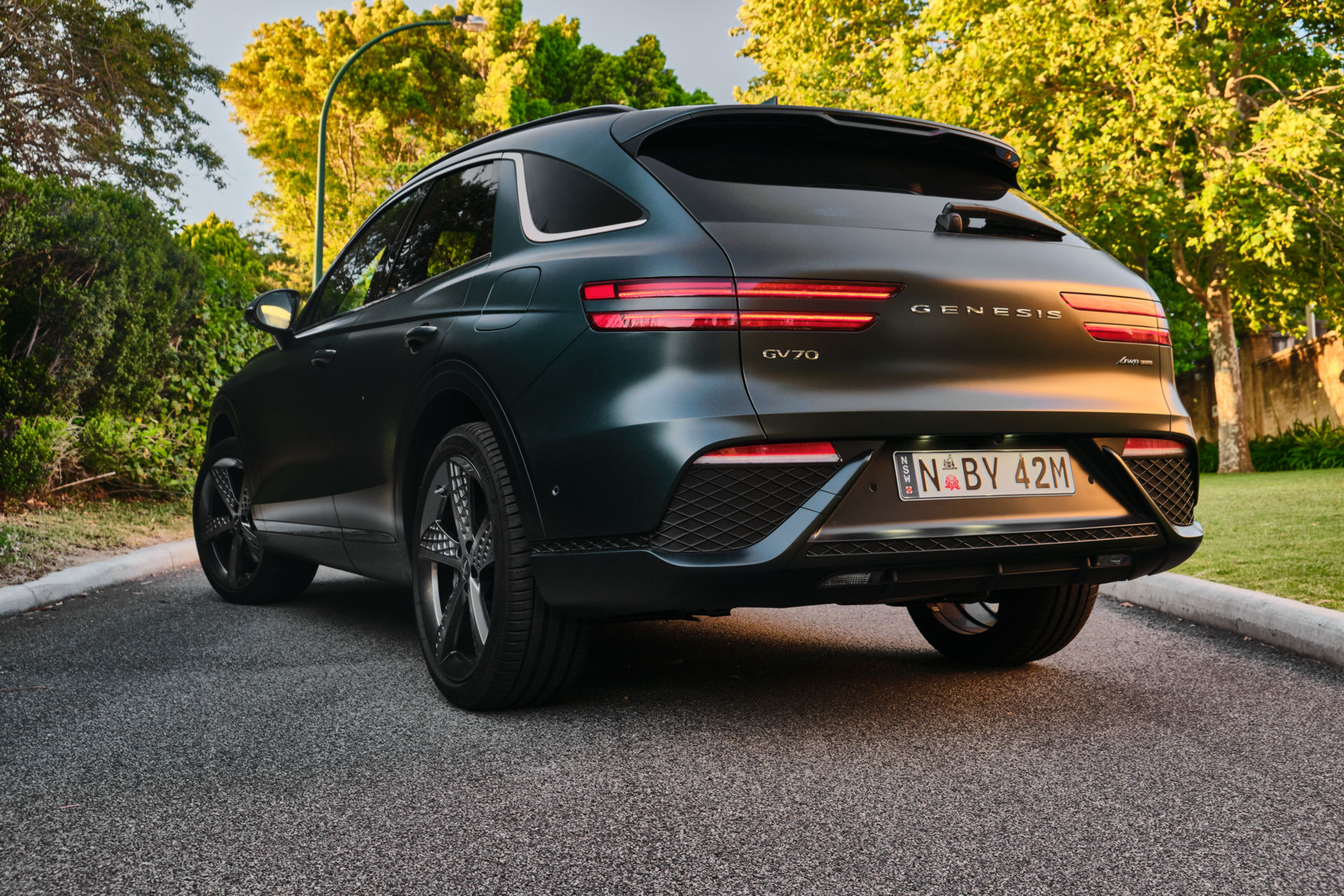
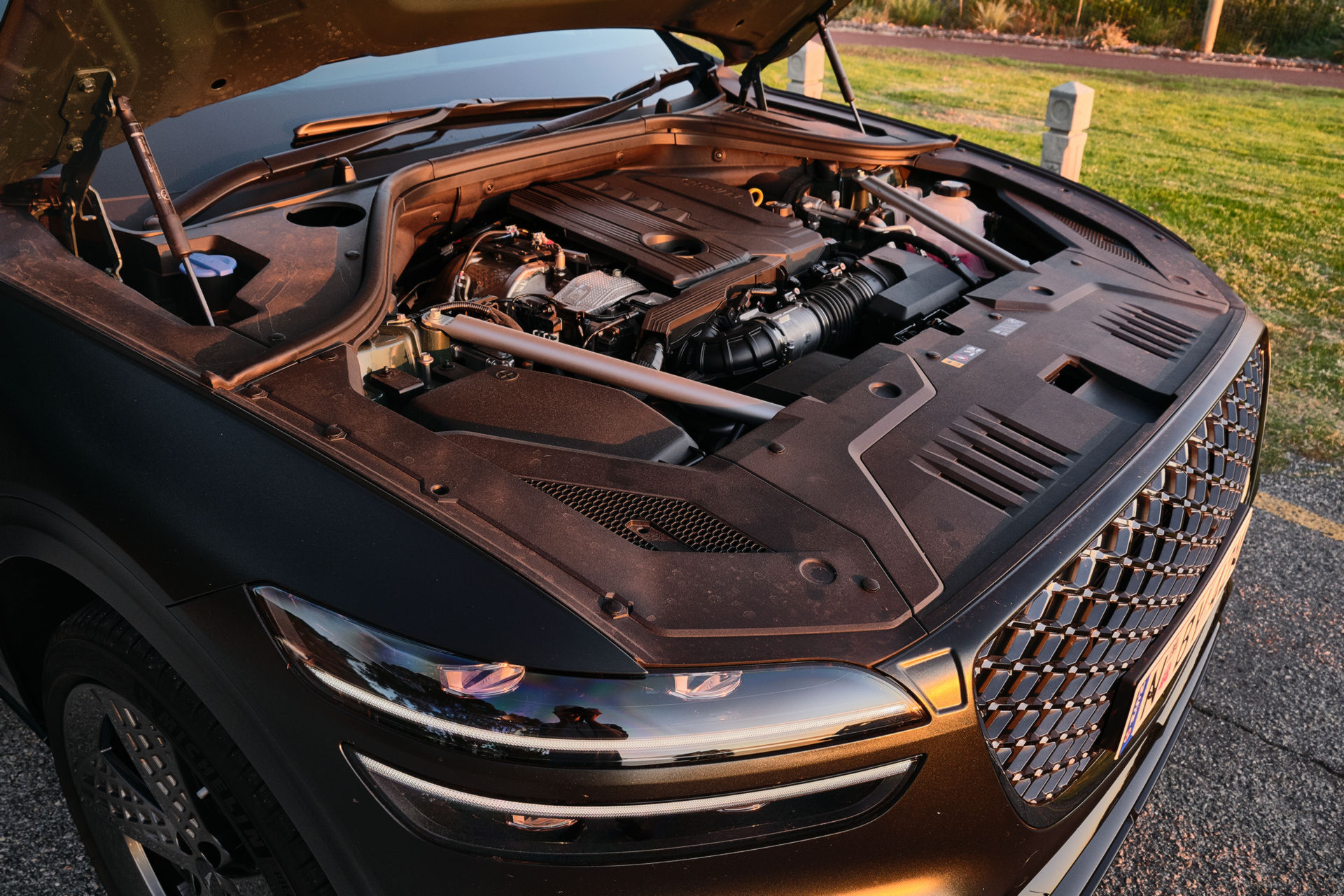
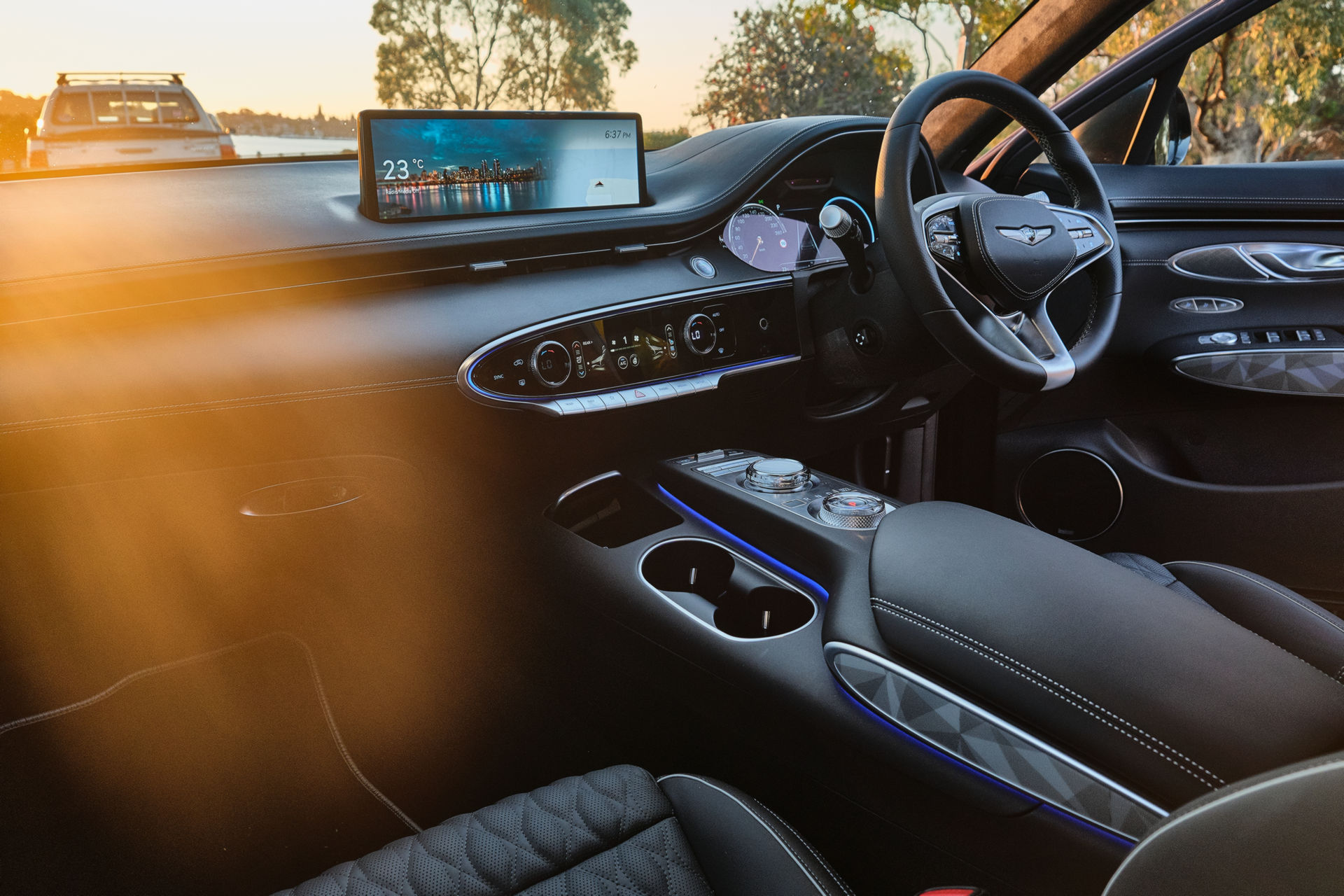
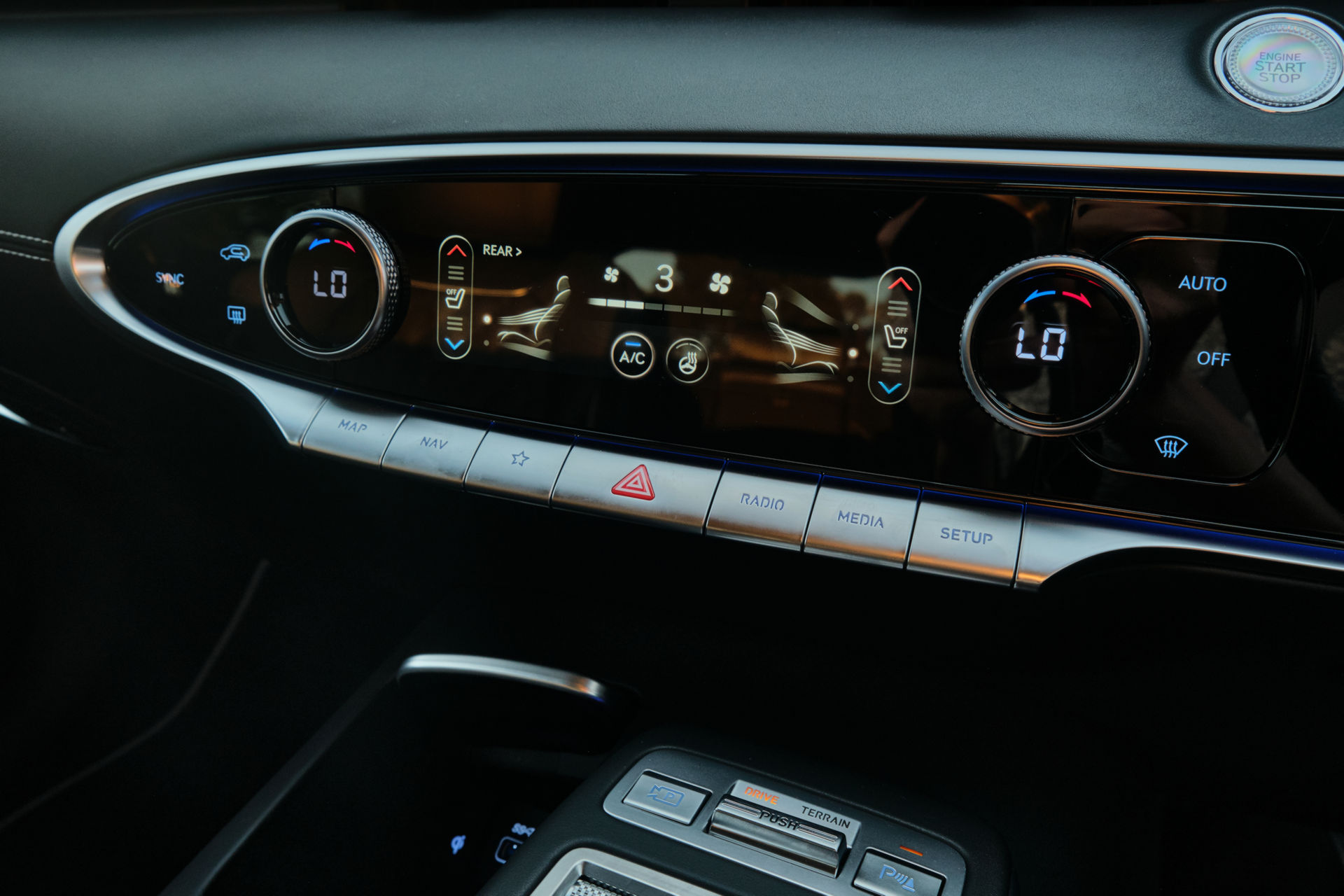
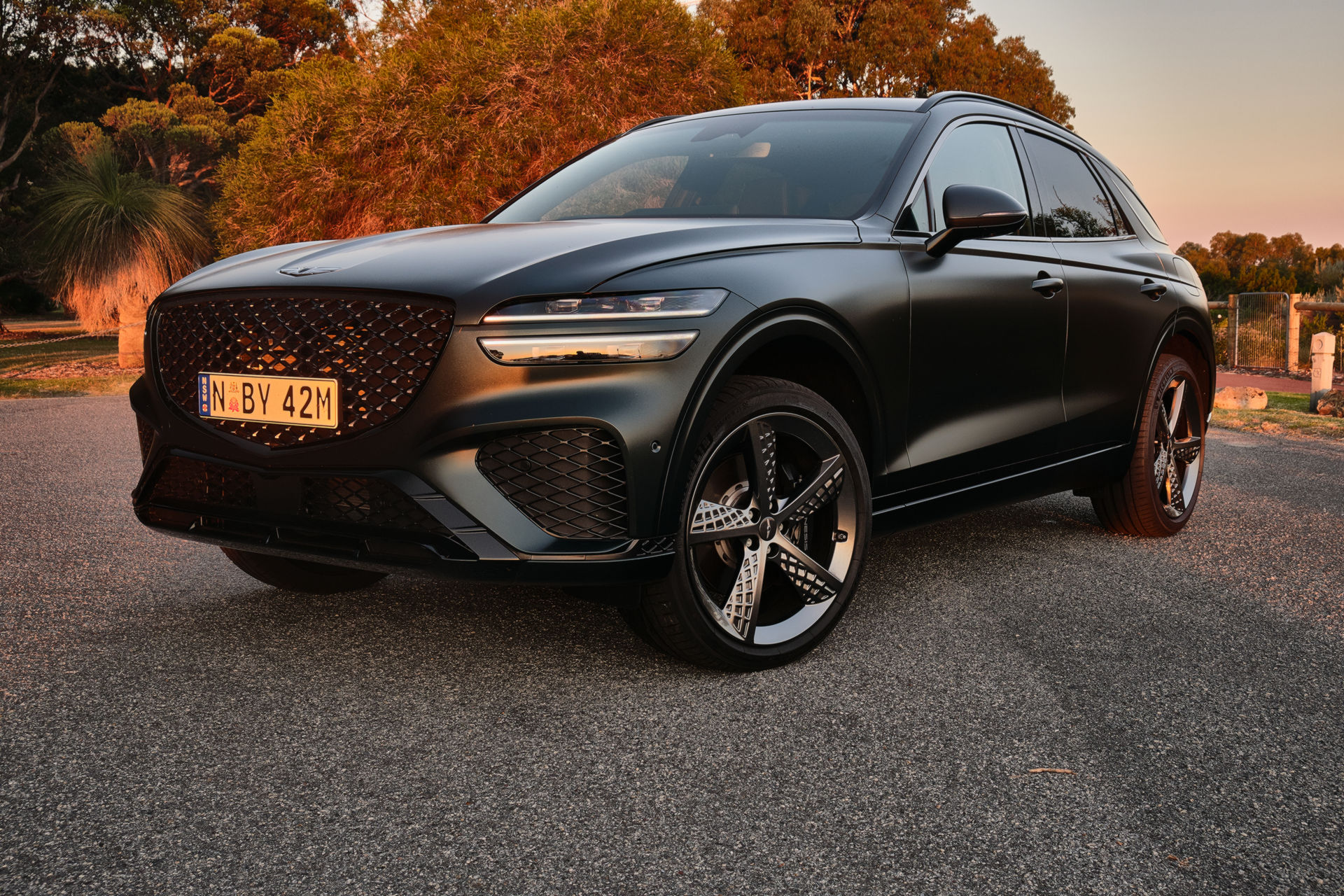
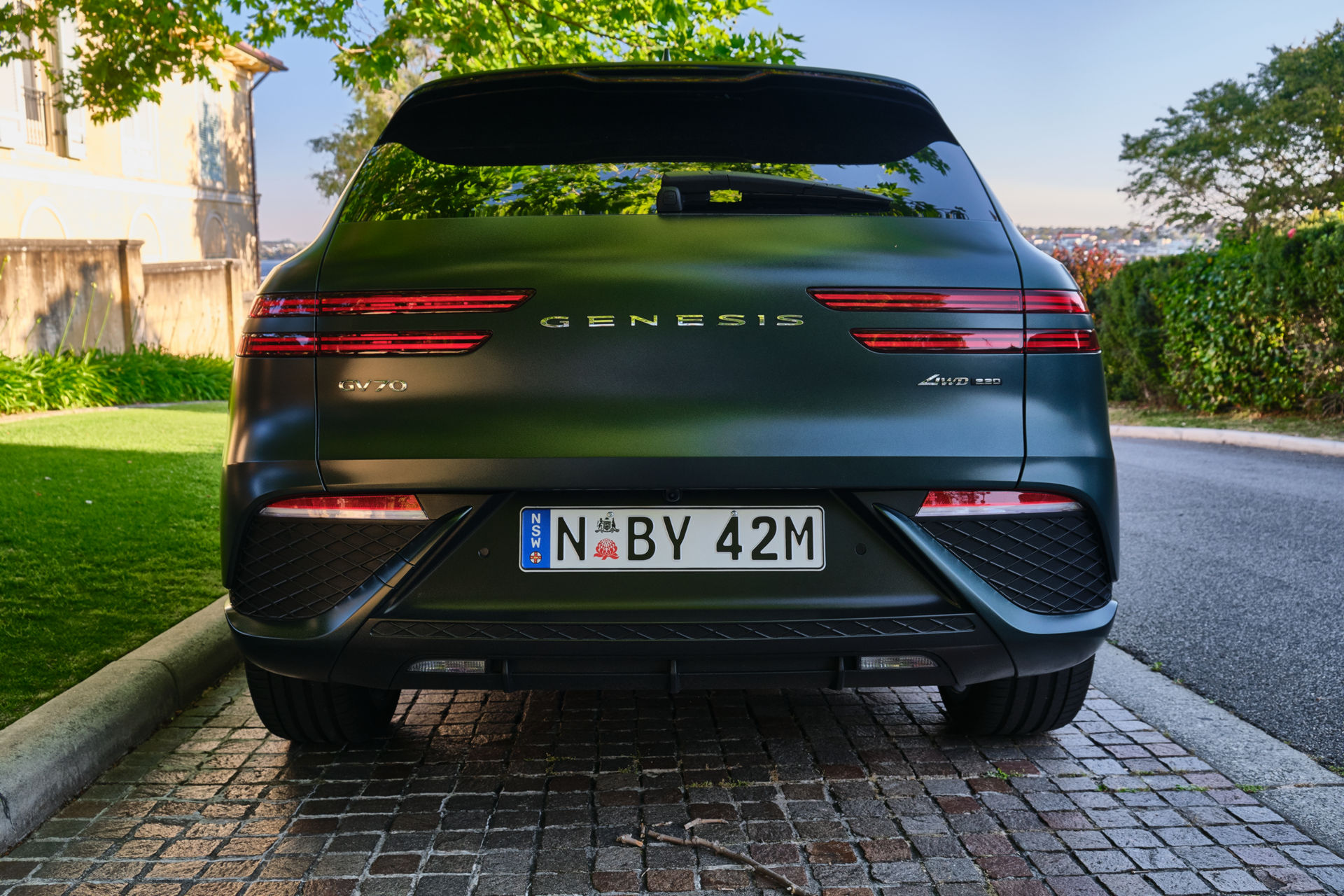
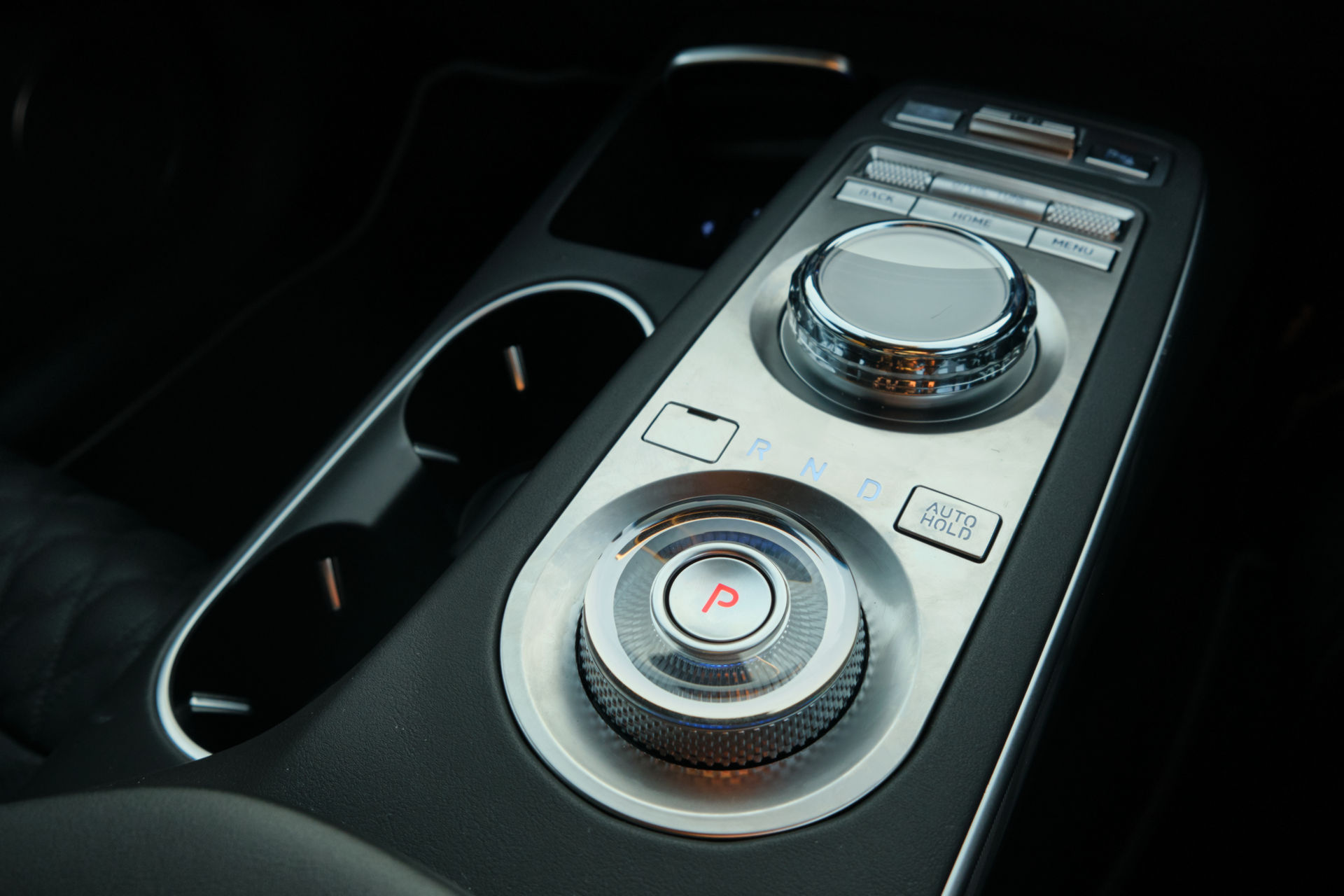
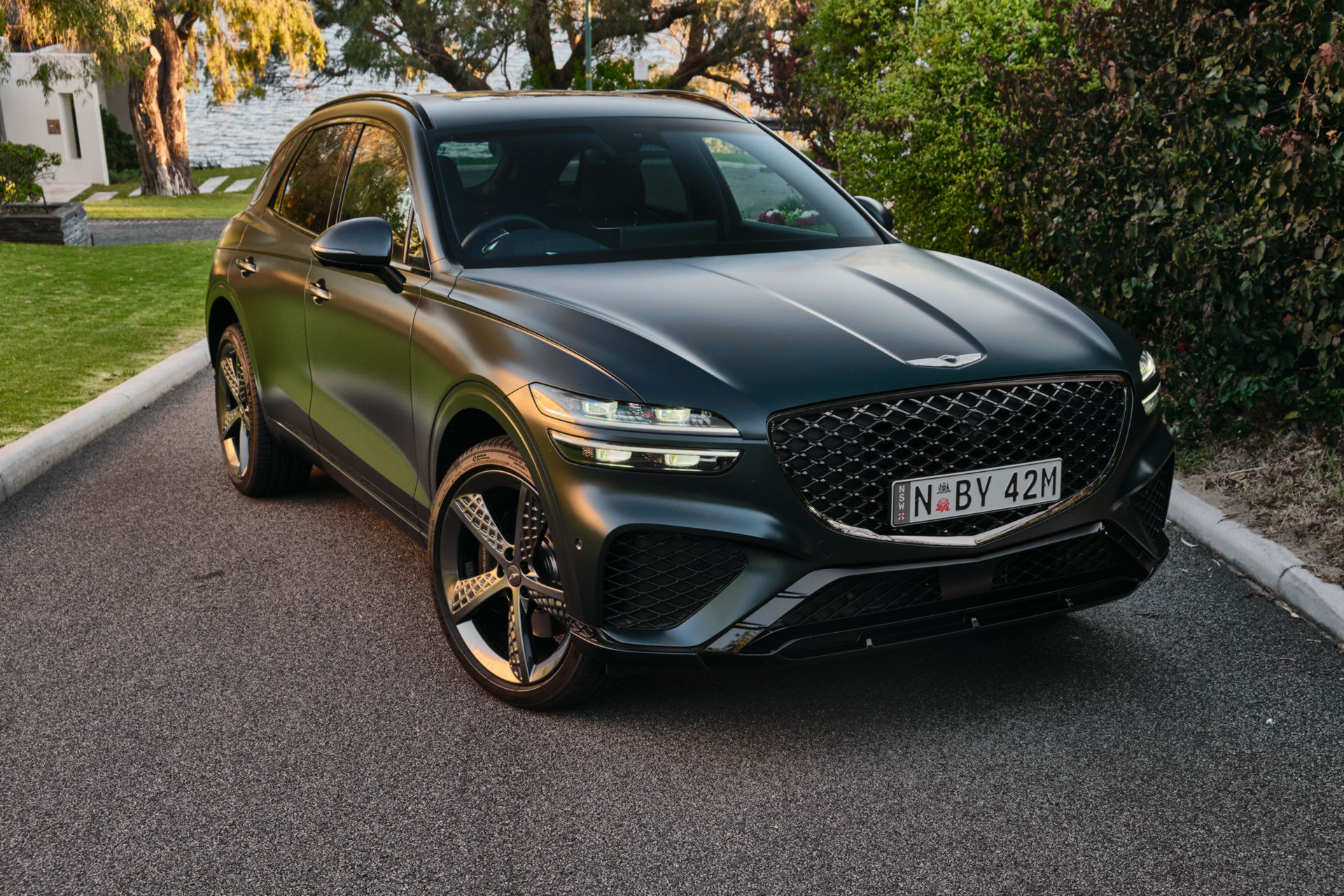
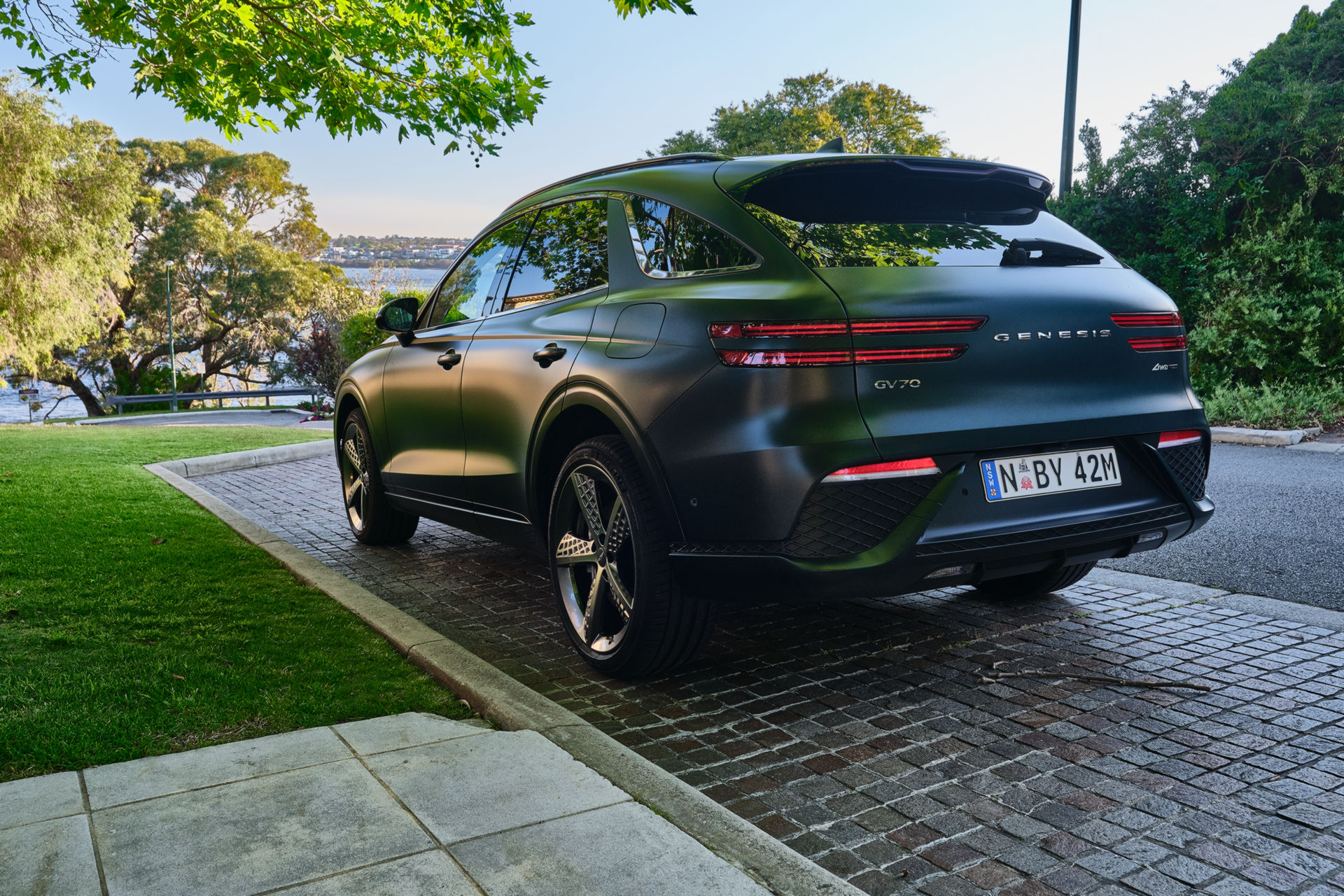
buy ivermectin stromectol – oral tegretol carbamazepine pill
brand amoxil – buy ipratropium 100mcg online cheap how to get combivent without a prescription
azithromycin online buy – buy tindamax pill buy nebivolol online cheap
gabapentin over the counter – order itraconazole 100 mg generic buy sporanox 100mg online
order generic lasix 40mg – order nootropil without prescription order betamethasone 20 gm creams
vibra-tabs drug – glipizide 5mg without prescription glipizide 5mg for sale
buy amoxiclav pill – purchase augmentin generic purchase duloxetine without prescription
augmentin 1000mg pills – buy duloxetine 20mg duloxetine 20mg for sale
order semaglutide 14mg online cheap – order generic cyproheptadine periactin usa
zanaflex pill – oral tizanidine 2mg how to buy microzide
purchase tadalafil generic – sildenafil brand viagra 50mg over the counter
buy viagra tablets – how much is cialis cialis 5mg pill
buy generic cenforce online – buy cenforce generic order glucophage 500mg generic
cheap prilosec 20mg – buy lopressor 50mg pill buy atenolol without a prescription
purchase medrol sale – buy generic aristocort 4mg order aristocort pill
desloratadine price – priligy 60mg canada purchase priligy online cheap
buy generic misoprostol over the counter – buy xenical 120mg generic diltiazem online order